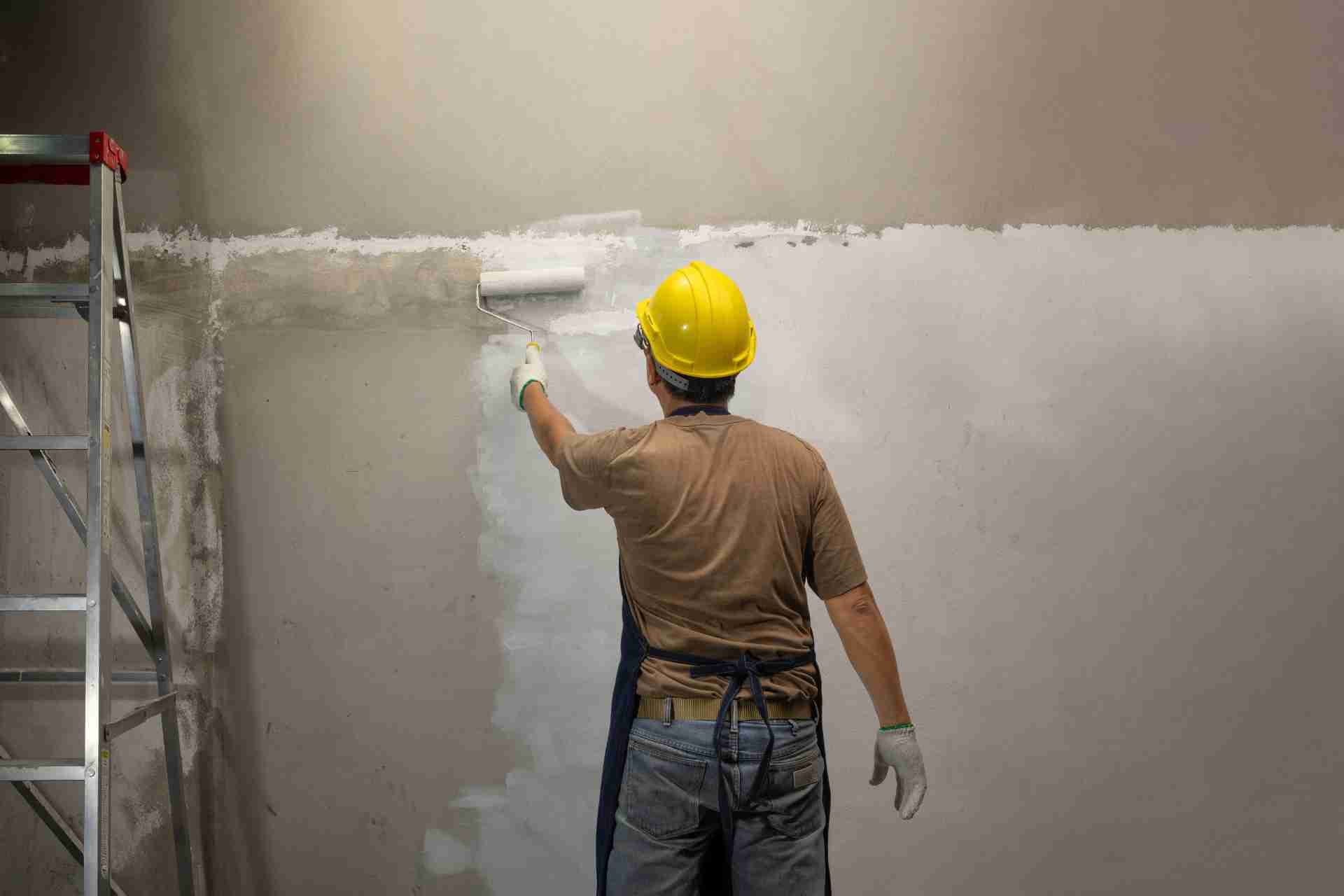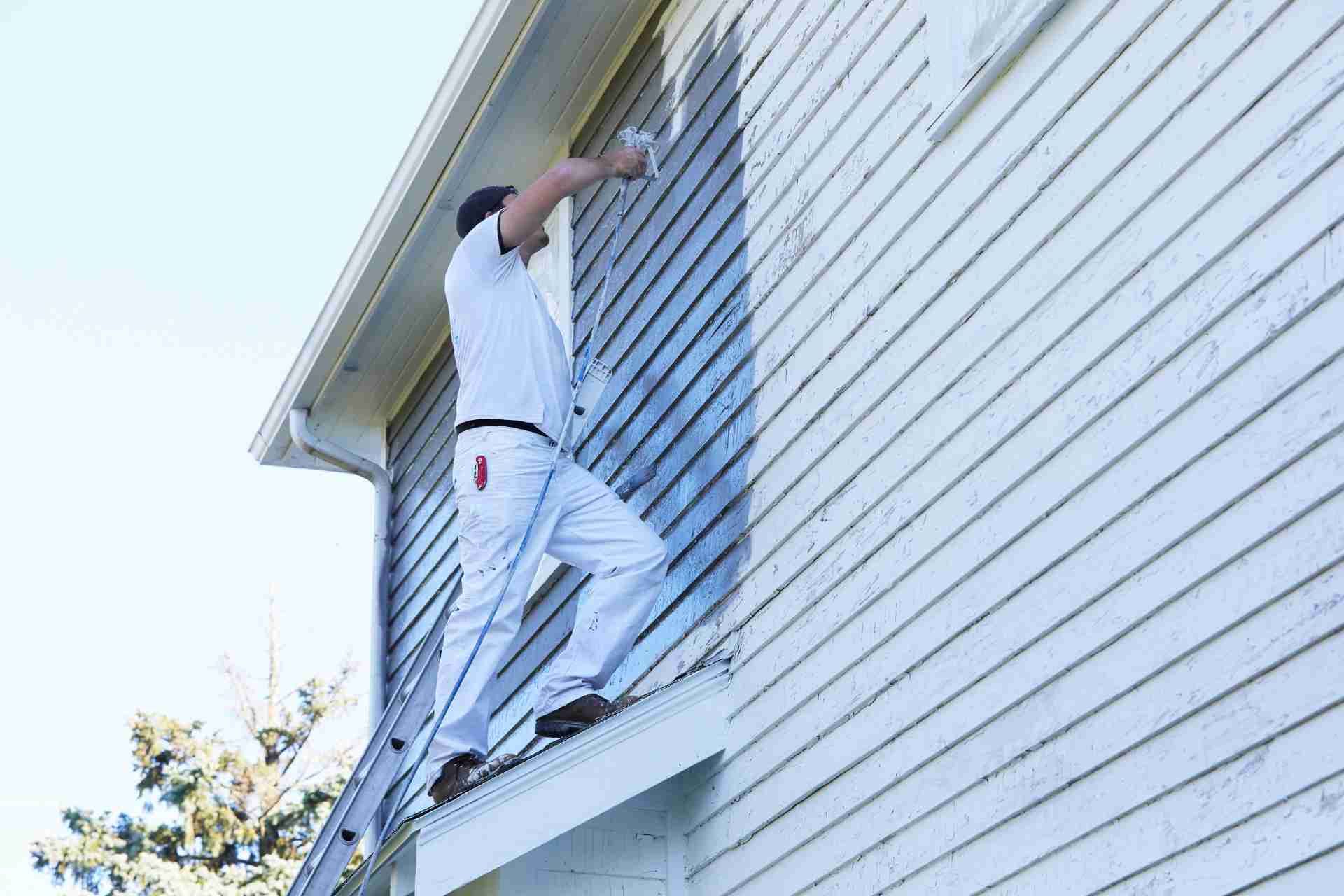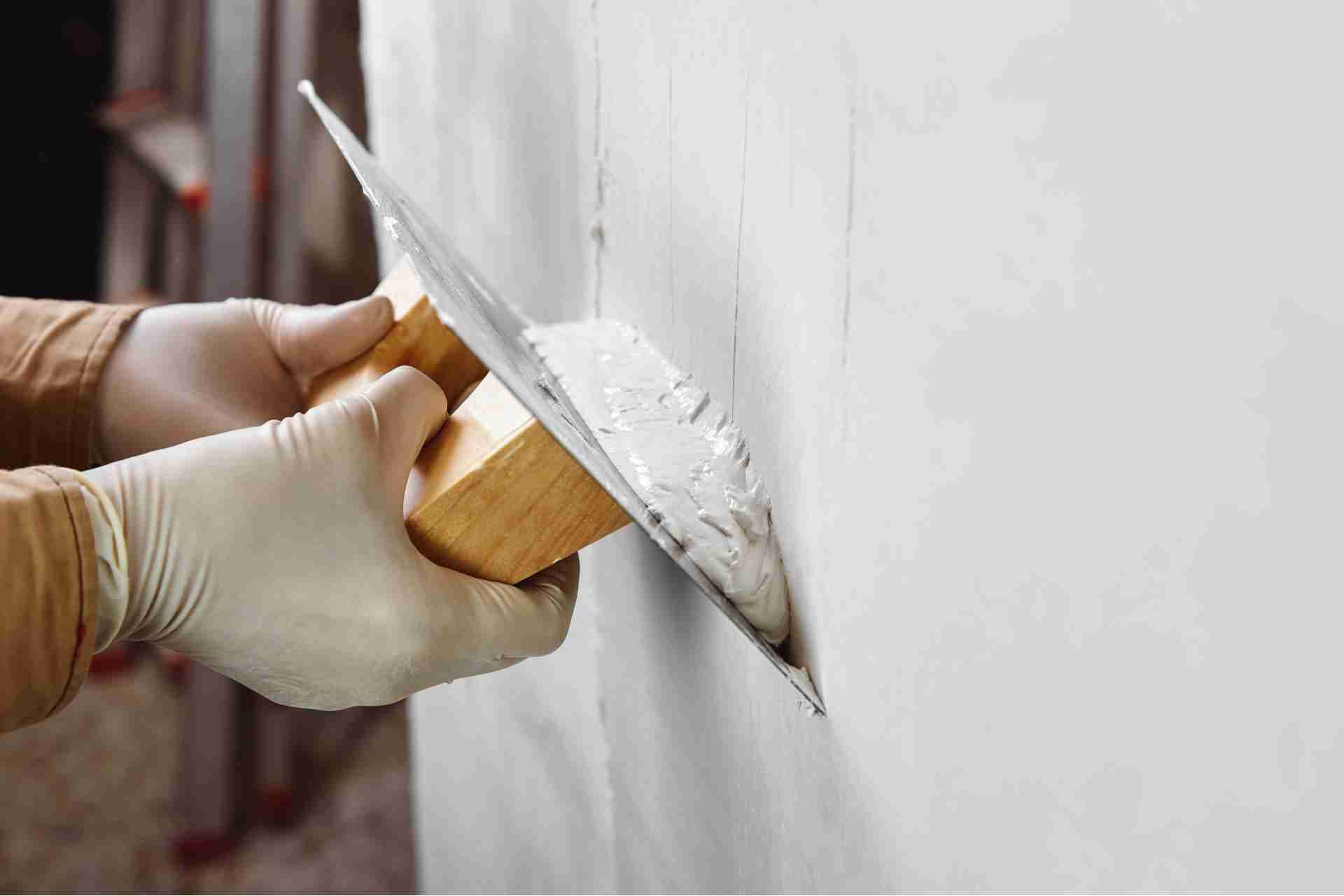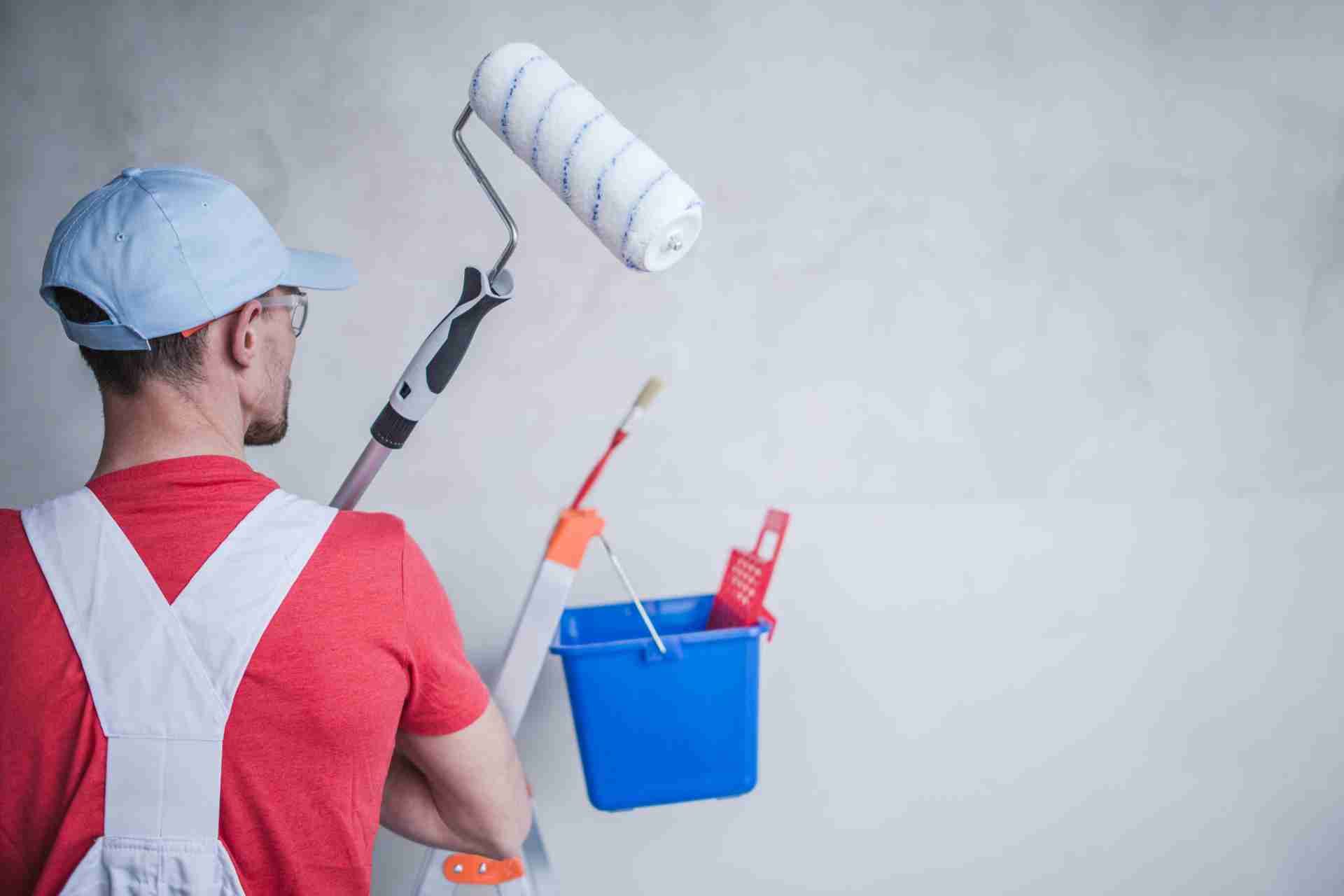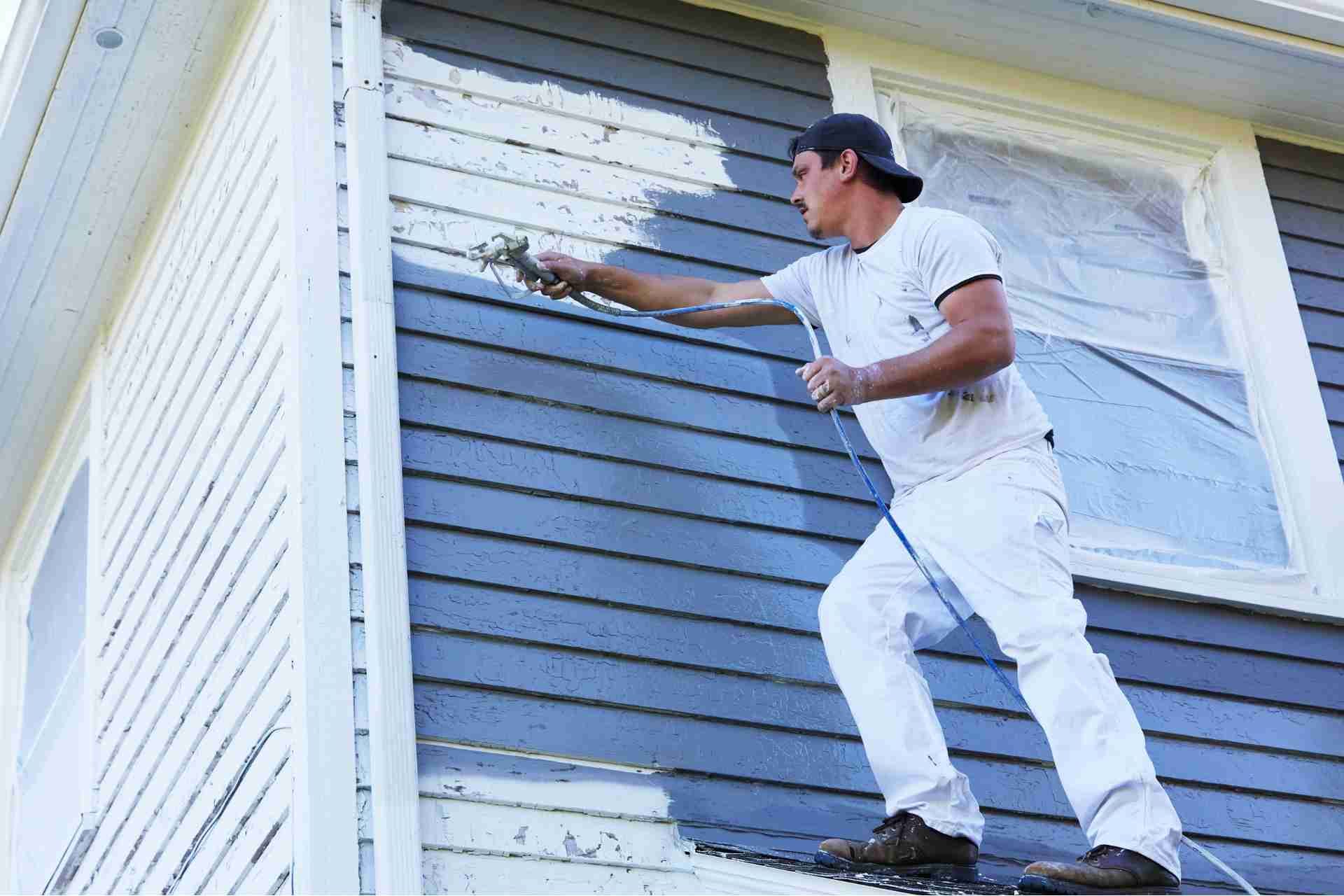Signs of Water Damage in Home and How to Address Them
When it comes to water damage in your home, recognizing the signs early can save you from costly repairs down the line. You might notice discoloration on walls, peeling paint, or even a musty smell lingering in the air. These issues are often symptoms of a bigger problem lurking beneath the surface. Understanding how to address them effectively is crucial, but it starts with pinpointing the source of moisture. What could be causing these unwelcome signs?
Discoloration and Stains on Walls and Ceilings
When you notice discoloration or stains on your walls and ceilings, it's often a red flag that water damage is lurking behind the surface.
These stains can appear as brown spots, yellowish patches, or even mold growth, indicating moisture intrusion. It's crucial to act quickly, as the longer you wait, the worse the damage can become.
Begin by identifying the source of the moisture, whether it's a leaking pipe, roof issue, or condensation. Once you pinpoint the cause, repair it immediately to prevent further deterioration.
Afterward, you may need to clean or repaint the affected areas. Keep in mind that ignoring these signs can lead to more extensive damage and costly repairs down the line, so stay vigilant!
Peeling or Bubbling Paint and Wallpaper
Discoloration and stains aren't the only signs of water damage; peeling or bubbling paint and wallpaper can also signal trouble.
If you notice these issues, it's crucial to act quickly. This damage often indicates that moisture is trapped beneath the surface, which can lead to mold growth and further deterioration.
Check for leaks in pipes, roofs, or walls that might be causing the moisture. You might need to repair the source of the leak before addressing the cosmetic issues.
Once you've resolved the moisture problem, you can strip away the affected paint or wallpaper. Repainting or reapplying wallpaper with moisture-resistant materials can help prevent future damage.
Don't ignore these signs; they could lead to more costly repairs down the line.
Warping or Buckling Floors
If you notice your floors starting to warp or buckle, it's a clear indication of potential water damage beneath the surface. This can happen when moisture seeps into your flooring materials, causing them to expand and lose their shape.
You might see gaps between planks, uneven surfaces, or even tiles lifting. It's essential to act quickly to prevent further damage.
First, identify the source of the moisture—check for leaks in plumbing, roofs, or windows. Once you locate the problem, repair it immediately.
Afterward, assess the extent of the damage. Depending on the severity, you may need to replace sections of flooring or even the entire floor.
Don't hesitate to consult a professional if you're unsure about the repairs.
Musty Odors in the Air
A musty odor in the air often signals hidden moisture problems in your home. If you notice this smell, don't ignore it; it could indicate mold growth or water damage.
Check areas like basements, attics, and behind walls, where moisture might be trapped. Look for visible signs of mold or mildew, especially in dark and damp corners.
You should also inspect your plumbing for leaks, as they can contribute to these odors. Act quickly by addressing any leaks and improving ventilation.
Consider using dehumidifiers to reduce moisture levels and eliminate dampness in affected areas.
Increased Humidity Levels
When humidity levels rise in your home, it often points to underlying moisture issues that need immediate attention. This increased humidity can create an uncomfortable living environment and may lead to more significant problems if not addressed.
Start by checking for sources of excess moisture, such as leaky pipes, poorly sealed windows, or inadequate ventilation. Make sure your bathroom and kitchen fans are working effectively, as they help to expel humid air.
Consider using a dehumidifier to help maintain optimal humidity levels, ideally between 30% and 50%. Regularly monitor the humidity with a hygrometer, and don't hesitate to consult a professional if you can't identify the source of the problem.
Taking action now can save you from costly repairs later.
Visible Mold Growth
Excess humidity can lead to visible mold growth, which is a clear sign of water damage in your home. If you notice dark, fuzzy patches on walls, ceilings, or around windows, it's time to take action.
Mold not only damages your property but can also cause health issues, especially for those with allergies or respiratory problems. To tackle mold, start by identifying the source of moisture and fixing it.
Clean small areas of mold with a mixture of water and detergent, or use a commercial mold remover. Make sure to wear protective gear to keep yourself safe.
For larger infestations, it's best to call in a professional. Addressing mold promptly can help prevent further damage and keep your home healthy.
Water Puddles or Moisture in Unusual Areas
You might notice water puddles or unexpected moisture in areas like your basement, under sinks, or around appliances.
These signs often indicate leaks or water intrusion that need immediate attention. If you see damp spots or standing water, it's crucial to identify the source.
Check for loose connections in pipes, damaged seals, or clogged drains. Don't ignore these signs, as they can lead to mold growth and structural damage over time.
Consider using a dehumidifier to manage excess moisture and prevent further issues.
If you're unable to locate the source or fix the problem, don't hesitate to call a professional plumber.
Taking action quickly can save you from costly repairs down the road. Stay vigilant, and protect your home.
Cracks in Walls or Foundation
Cracks in walls or the foundation of your home can be alarming signs of water damage.
These cracks might start small but can grow larger over time, indicating that moisture is affecting the structural integrity of your home.
Pay attention to vertical or diagonal cracks, especially near windows and doors, as they often signal shifting or settling caused by water issues.
It's essential to act quickly.
Inspect the area for any signs of mold or dampness, and consider contacting a professional to assess the damage.
They can help determine if the cracks are due to water damage and recommend appropriate repairs.
Addressing these issues promptly can save you from more extensive and costly repairs down the line.
Sound of Running Water or Dripping
When you hear the sound of running water or dripping, it could be more than just a minor annoyance; it might signal a hidden water issue in your home.
This persistent noise often indicates a leaky pipe, overflowing toilet, or faucet that's gone rogue. Don't ignore it—take action.
Start by locating the source of the sound. Check under sinks, around appliances, and in your basement or crawl space. If you can't find the leak, consider calling a professional plumber.
Ignoring the issue can lead to mold growth, structural damage, and costly repairs down the line. Addressing these sounds promptly can save you significant time and money, ensuring your home stays safe and dry.
Conclusion
In conclusion, being aware of the signs of water damage in your home can save you from costly repairs down the line. If you notice discoloration, peeling paint, or musty odors, don't ignore them. Act quickly to find the source of moisture and address it. By taking immediate action, you can prevent further damage, protect your home's value, and maintain a healthy living environment. Stay vigilant and keep your home safe from water-related issues!

